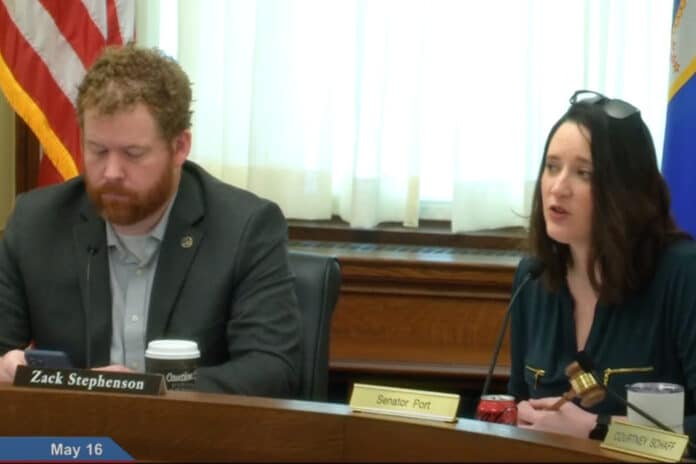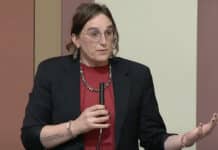
The votes are lined up. Gov. Tim Walz has said he’ll sign HF100 as soon as he receives it from the legislature. So it seems inevitable that by August 1 of this year recreational cannabis will be legal in Minnesota.
But what exactly will that landscape look like for consumers, businesses, law enforcement and local governments impacted by the legislation?
Legislators from the House and Senate serving on a conference committee for HF100 hammered out those details over the last week. On Tuesday morning they completed their work on the conference report to resolve differences in the Senate and House versions that passed in each body last month.
The 10-person committee, which includes two Republicans, agreed upon a sales tax rate of 10 percent, an at-home possession limit of up to 2 pounds of flowered cannabis, and an 80-to-20 split of those sales tax revenues generated to cover costs of regulation between state and local governments, among several other provisions. The conference report is expected to go to the House and Senate floors for an up-or-down vote as soon as possible as Democrats are vowing to wrap up session by Thursday.
Limiting dispensaries based on population
Conferees, including Republicans Rep. Nolan West and Sen. Jordan Rasmusson, voted unanimously to adopt an amendment to the conference report that will give cities and counties the power to set a cap on the number of recreational cannabis retailers at one license for every 12,500 people.
Rasmusson, of Fergus Falls, told conferees Monday he would like to see a similar measure that would allow local governments to limit licenses for sales of low-potency edibles (which the legislature approved in 2022). He hopes that the legislature can come back and fix that issue in the future.
“For the high-potency products, while I am grateful there will be some limits and some local control, I am concerned about how low potency can result in a whole host of retail locations throughout a city or county without much ability for local units of governments to regulate that in the same way,” Rasmusson said.
Conferees also agreed to add language to their report that would allow local governments to prohibit recreational cannabis retailers from locating within 500 feet of daycares, residential treatment facilities, or playgrounds and athletic fields regularly used by children.
The conference report also includes an appropriation of $10 million next year, and $5 million annually in subsequent years, to fund training for law enforcement officers to recognize impaired drivers on cannabis.
One area of contention between the eight Democrats and two Republicans on the conference committee came over an amendment Rasmusson proposed that would push out many of the decriminalization effective dates to Aug. 1, 2024.
Republicans have argued during session that an Aug. 1, 2023 effective date will allow black market sales of marijuana to grow while it takes the retail market much longer to get established.
“A big goal of ending prohibition is to eliminate the black market,” said West, R-Blaine, one of two Republicans in the House to support HF100 last month. “This extra early legalization gives them more time to operate in a meaningful way to make some serious money. And when money is made in these kinds of markets, people can get hurt and it is dangerous.”
DFL conferees voted to reject the amendment.
“I understand the reasoning behind it,” said conference committee co-chair Sen. Lindsey Port, DFL-Burnsville. “But I think the cornerstone of this bill, as we have moved it through the many committees, is that prohibition is a failed system that has not achieved any of the desired outcomes. This just means another year of criminalizing people, in particular communities of color.”
Acknowledging impacts on young adults
Conferees did agree to amend language related to establishment and funding of a peer-to-peer education program for safe marijuana use among young adults to target age demographics up to 25 years old. Many critics of the bill had asked legislators to consider setting the legal limit for marijuana sales to age 25. The bill language limits sales to age 21 and older.
“We know that brains continue developing up until (25),” said Sen. Port. “We wanted to make sure that really effective form of education was getting to young people all the way up to 25.”
Hank Long
Hank Long is a journalism and communications professional whose writing career includes coverage of the Minnesota legislature, city and county governments and the commercial real estate industry. Hank received his undergraduate degree at the University of Minnesota, where he studied journalism, and his law degree at the University of St. Thomas. The Minnesota native lives in the Twin Cities with his wife and four children. His dream is to be around when the Vikings win the Super Bowl.















